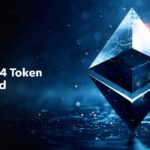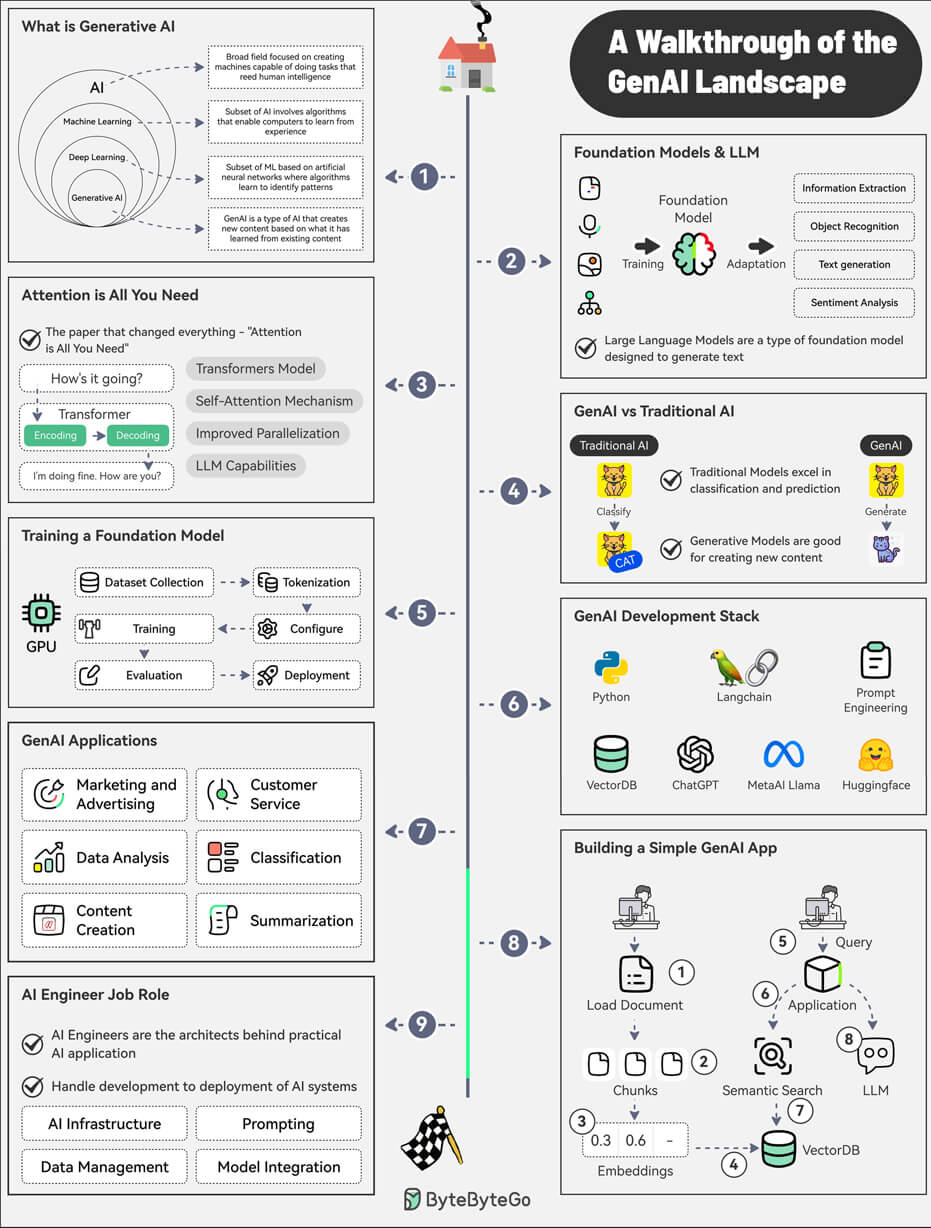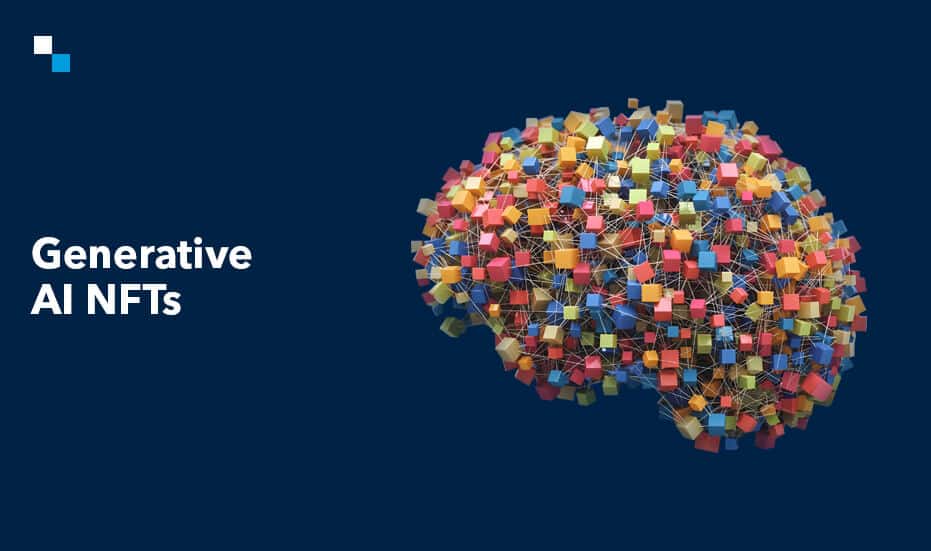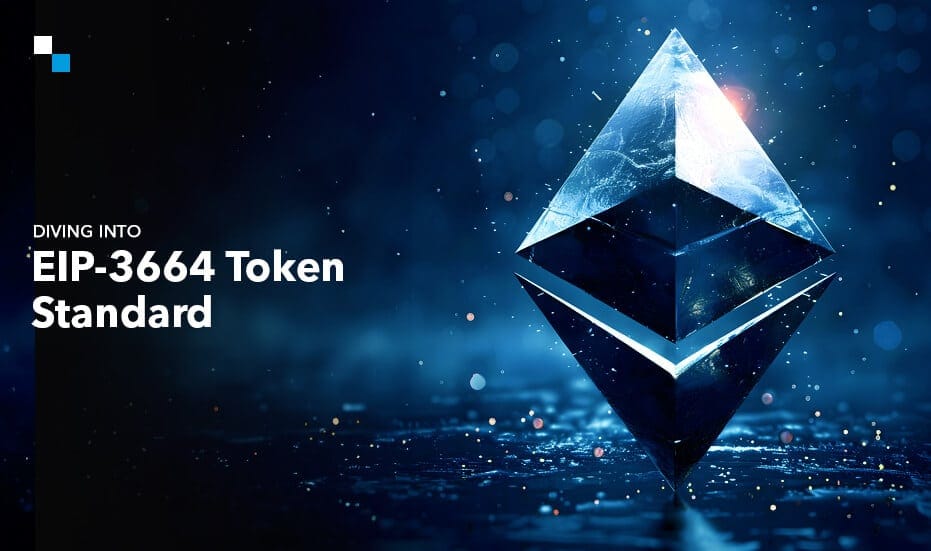
EIP-3664: 5 Notable Use Cases
September 19, 2024
Crypto Wallets Stats: What Do We Have Now And What To Expect In the Future?
September 19, 2024With the advent of NFTs that break all traditional rules of ownership- this landscape of the digital world has had a huge seismic shift. Cryptographic tokens constructed on blockchain have captured the imagination of artists, collectors, and investors alike by transacting differently with digital content. Non-fungible tokens represent a paradigm shift in terms of how we value and trade digital content or offer a new frontier for creativity and innovation.
What is Generative AI?
Evolving the NFT market involves technologies such as cutting-edge generative AI, which redefine the possibilities for owning digital assets. Generative AI generally refers to new content generation through artificial intelligence. This is revolutionizing how digital assets can be produced. How is generative AI/ML able to produce unique and diverse NFTs at scale?
Generative AI NFT happens to be a very powerful technology for artists and creators to tread into uncharted artistic terrains as well as experiment with style and aesthetics. As it goes ahead in its developments, there is a great possibility it will become very mainstream in the realm of NFTs.

The Intersection of Generative AI and NFTs
The convergence of generative AI and NFTs is fertile ground for innovation in digital. Harnessing the power of algorithms and machine learning, generative AI can produce an infinite variety of unique digital assets, from pixel art and generative art to interactive experiences. Generative AI NFT has driven a wave of NFT projects as creatives leverage generative AI to chart new artistic frontiers and engage with novel concepts for digital ownership.
The scarcity and uniqueness of NFTs that generative AI produces have driven value, causing many to be highly sought-after collectibles as well as investment prospects by collectors and speculators alike.
Benefits of Generative AI in NFTs
- Unique, diversified asset creation: Generative AI can create an awful amount of diversity in unique NFTs to ensure that each asset is unique.
- Scalability and efficiency: Algorithms can very quickly create large quantities of NFTs for the creators to meet market demand efficiently.
- Customization: Generative AI models can be customized to specific preferences, thus allowing the creators to have their unique non-fungible tokens customized to fit different tastes.
- Artistic Creativity: The innovation and creativity encouraged by technology result in new and exciting styles and concepts in art.
- Security of Intellectual Property Rights: NFTs generated through generative AI can be protected securely as digital assets concerning intellectual property rights.
- Community Development: The idea of unique, collectible NFTs might generate a significant space for community among collectors and enthusiasts.
- Gamification: Generative AI can be used to generate NFTs added to games, providing value and thrill to gamers.
- Investment Opportunities: NFTs generated using generative AI provide investment opportunities for collectors and speculators.
- Brand Building: Companies can leverage generative AI to build unique and memorable NFTs, allowing for a boost to the brand identity and connection with customers.
- Data-Driven Insights: With the help of generative AI NFT, trend and preference data can be extracted as valuable data insights by the creators to optimize their NFT offerings.

Examples of Generative AI NFT Projects
- CryptoPunks: This is one of the first NFT collections, very iconic, and still on going, which was generated by a simple algorithm with random combinations of different pixelated features. Its basic design did not prevent CryptoPunks from becoming a cultural phenomenon, with several non-fungible tokens sold for millions of dollars.
- Bored Ape Yacht Club (BAYC): This highly popular collection with 10,000 unique NFTs features bored apes, each with unique attributes and accessories. The generative algorithm applied to create BAYC NFTs has served as an important factor in its immense popularity and value.
- Art Blocks: An art studio platform that lets artists create generative art projects using code. Art Blocks has hosted many successful NFT drops with unique and artistic pieces, which algorithms generate.
- Rarible: A marketplace for both curated and generative NFT collections. Rarible has featured several successful generative AI projects, including “Generative Faces” and “Random Pixel Art.”
- Hashmasks: A total of 16,666 one-of-one generative portraits that were created using a custom algorithm. Hashmasks found popularity because of their unique and aesthetically pleasing designs.
Use Cases of Generative AI for Non-Fungible Tokens
Generative AI stands for an incredibly powerful tool in the NFT space because it can create unique and collectible digital assets. It allows the production of enormous quantities of NFTs based on the specific preferences and trends that occur in it. Generative AI NFT is everything ranging from personalized collections, dynamic art, and game-based items with potential for NFT innovation and value creation.
1. Customized NFT Sets
Usability can be given as
- Customizable attributes: allow users to pick certain traits, colors, or patterns that appear in their NFT
- Unique identifiers: create NFTs bearing unique identifiers or serial numbers to make limited collections
2. Dynamic NFT Art
- Flexible assets: Create non fungible tokens that change over time based on external factors, for example, the action of the user or changes in the market.
- Interactive experiences: Include games, challenges, or stories within the NFTs.
3. Game-Based NFT
- In-game items: Unique in-game items that can be purchased and sold as NFTs.
- Character customization: Possibilities for customizable characters with multiple attributes and physical appearances.
4. Predictive Analytics
- Market forecasting: Tell users which trends in NFT are going to be popular with the aid of AI.
- Personalized recommendations: Rebound a person’s interest in purchasing NFTs they would like based on their former buying behavior or interests.
5. Automated Content Creation
- NFT batch creation: Generate thousands of NFTs within a time frame.
- Style testing and experimentation: Try different techniques and styles in creating unique NFTs.
6. Collaborative NFT Making
- Collective art: Generates one NFT as the outcome of many collaborative efforts of different users.
- Co-creation platforms: Design co-creation of NFTs by various artists.
7. AI-Generated NFT Music
- Compose original music: Dynamic soundtracks that generate based on input from users or environmental data.
8. AI-Generated NFT Writing
- Storytelling: Creates unique stories and poems for original NFTs.
- Interactive stories: Develop interactive stories, which will be unfolded according to the choice of the user.
Unlocking the Future Trends
As the generations of generative AI technology advance, we will see even more unbelievable applications in the NFT space. Some generative AI NFT trends that may be seen in the near future include truly hyperrealistic NFTs that cannot differ from real-world objects, AI-crafted marketplaces that curate NFTs according to the users’ taste, and NFT games powered by generative AI, social NFTs symbolizing membership in a closed group, and AI-generated limited edition collectibles as NFTs.
Antier: Pioneering the Future of AI and NFTs
Standing at the forefront of the revolution powered by AI and NFT, cutting-edge solutions for the revolutionizing digital landscape are offered by Antier. With a proven track record and seasoned experts committed to empowering businesses and individuals in harnessing the power of those very transformative technologies, Antier brings forward outstanding solutions in the development of innovative AI applications and in crafting unique non-fungible token experiences for your future-making needs.



